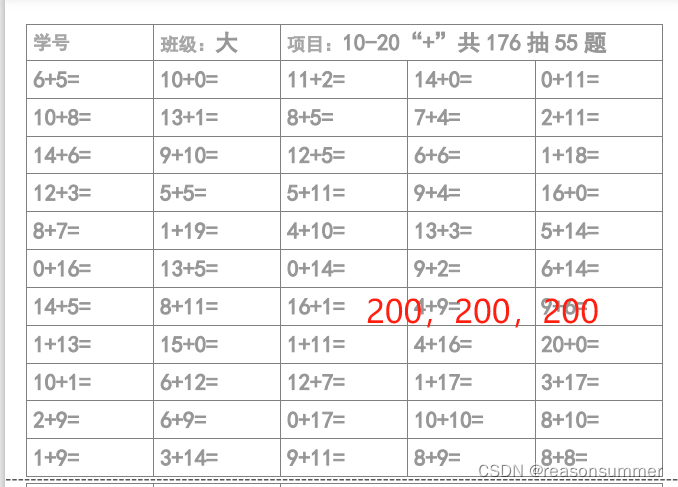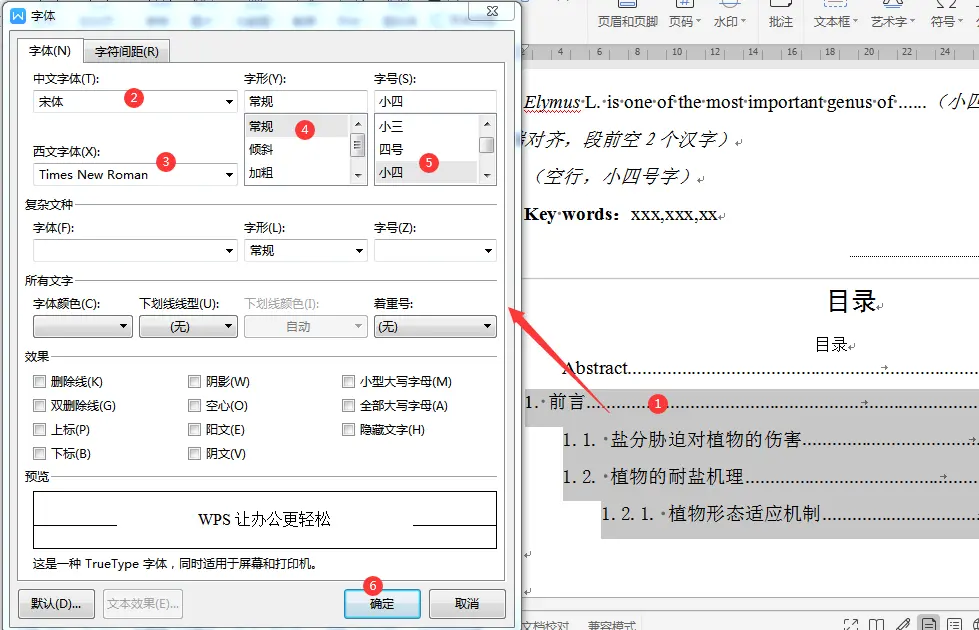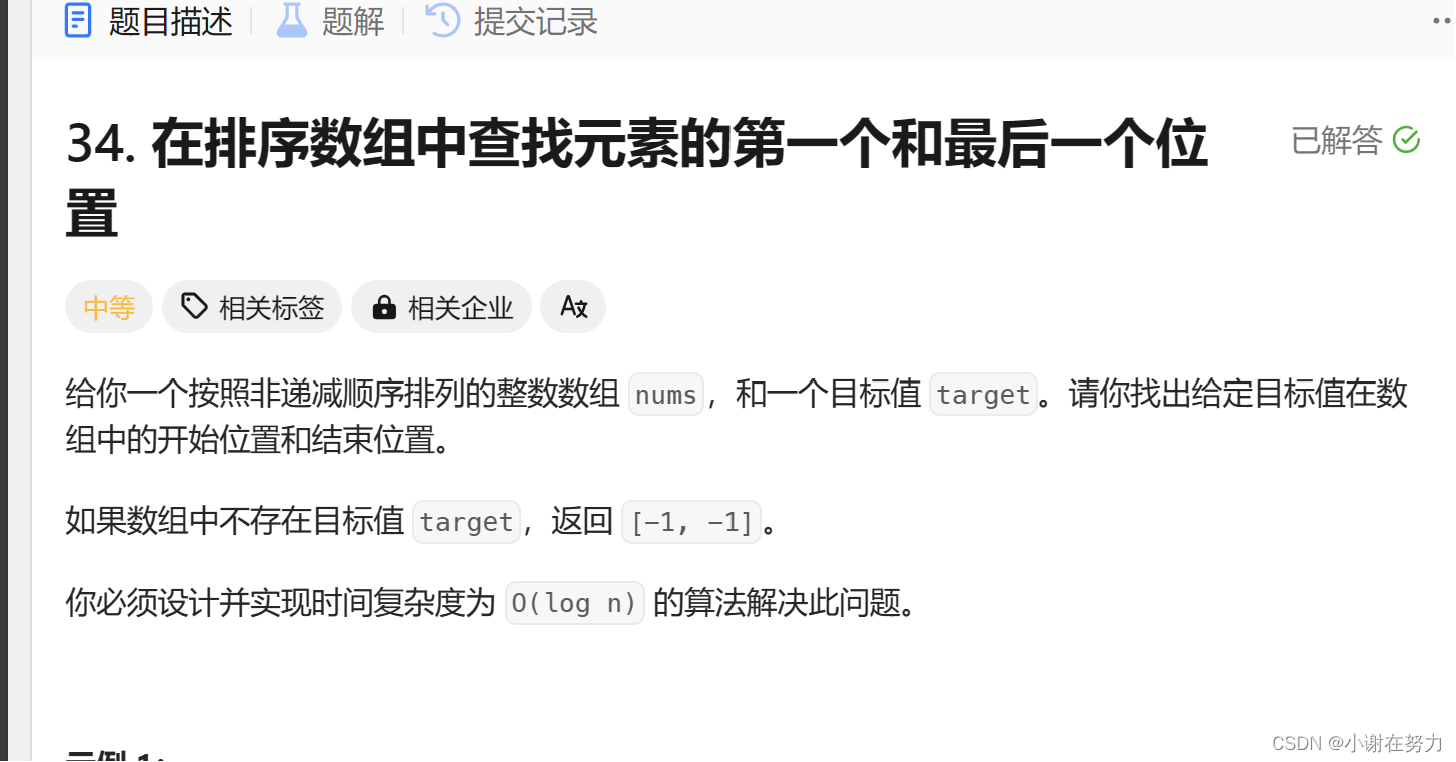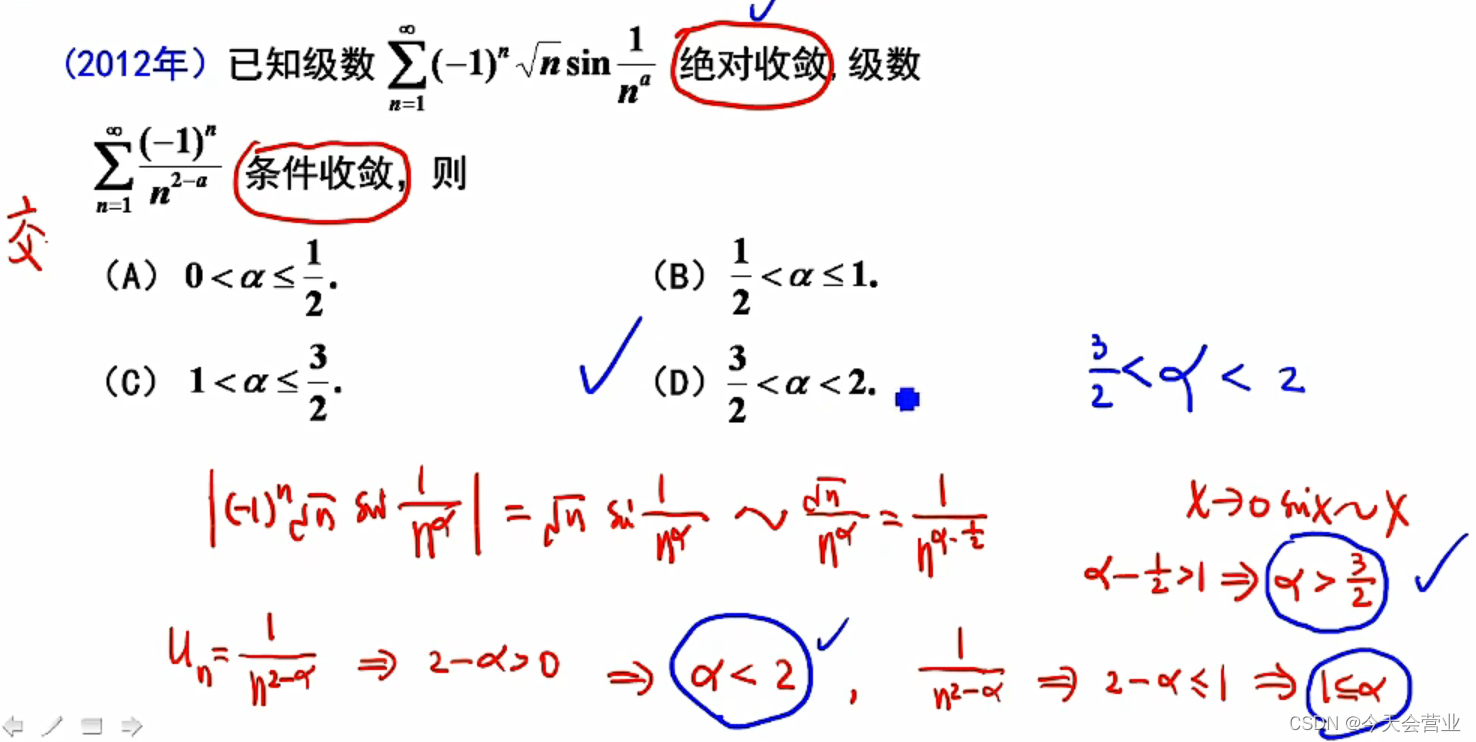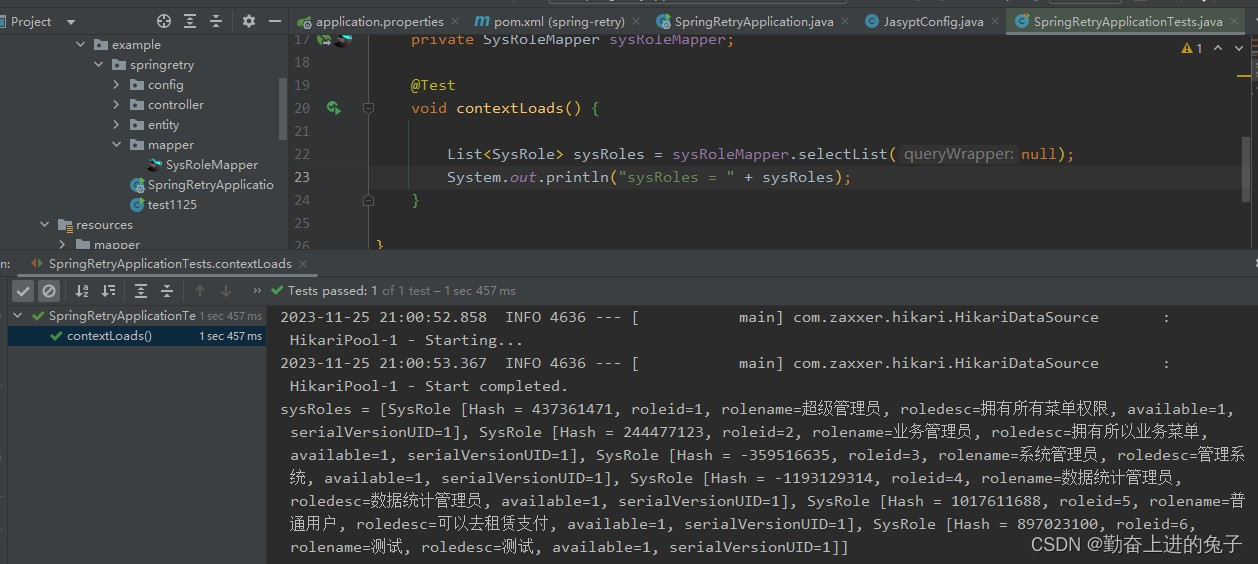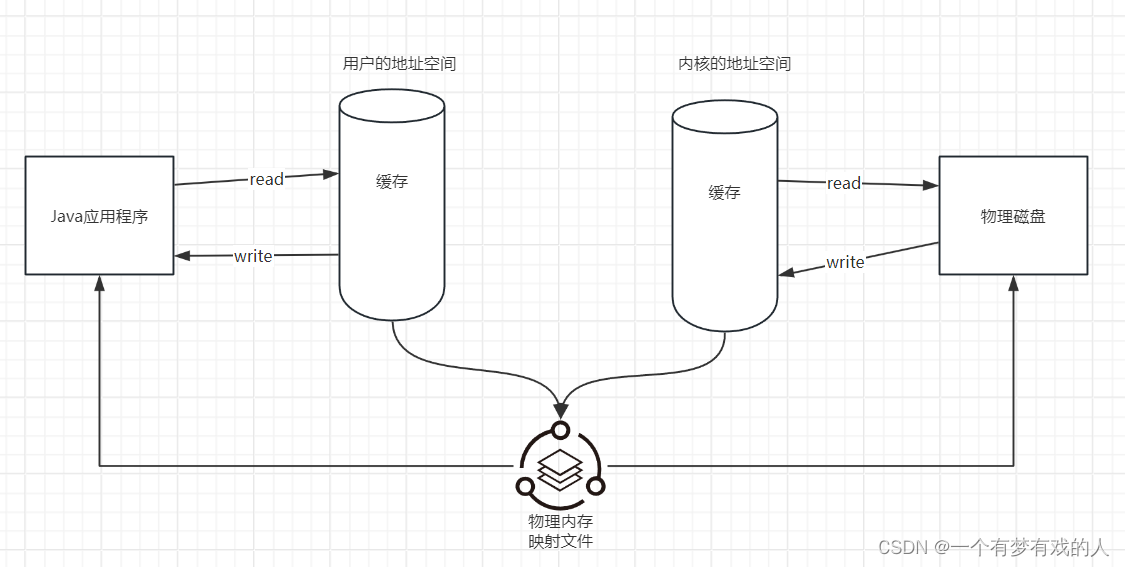给你二叉树的根节点 root 和一个整数 limit ,请你同时删除树中所有 不足节点 ,并返回最终二叉树的根节点。假如通过节点 node 的每种可能的 “根-叶” 路径上值的总和全都小于给定的 limit,则该节点被称之为 不足节点 ,需要被删除。叶子节点,就是没有子节点的节点。
示例 1:

输入:root = [1,2,3,4,-99,-99,7,8,9,-99,-99,12,13,-99,14], limit = 1 输出:[1,2,3,4,null,null,7,8,9,null,14]
示例 2:
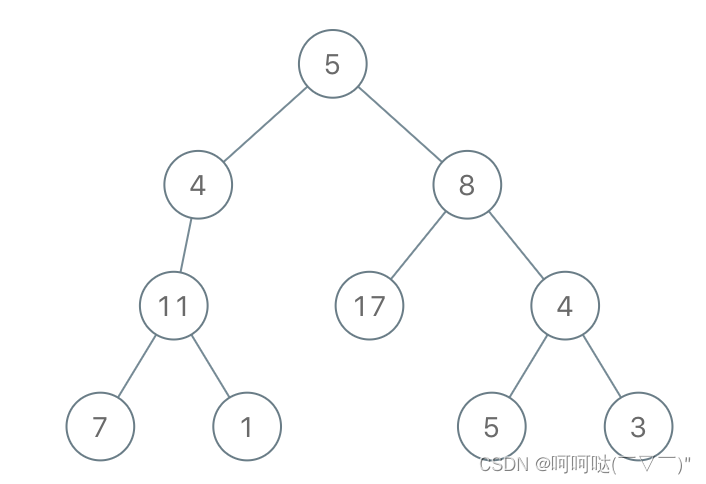
输入:root = [5,4,8,11,null,17,4,7,1,null,null,5,3], limit = 22 输出:[5,4,8,11,null,17,4,7,null,null,null,5]
示例 3:

输入:root = [1,2,-3,-5,null,4,null], limit = -1 输出:[1,null,-3,4]
class Solution {
public:
bool dfs(TreeNode* node,int limit,int sumPath) {
sumPath += node->val;
if(node->left == node->right) {
return sumPath>=limit;
}
if(node->left && dfs(node->left,limit,sumPath)==false) { // 左
node->left = nullptr;
}
if(node->right && dfs(node->right,limit,sumPath)==false) { // 右
node->right = nullptr;
}
return node->left || node->right;
}
TreeNode* sufficientSubset(TreeNode* root, int limit) {
return dfs(root,limit,0) ?root:nullptr;
}
};class Solution {
public:
bool dfs(TreeNode* node,int limit) {
limit-=node->val;
if(node->left == node->right) {
return limit>0?false:true;
}
if(node->left && dfs(node->left,limit)==false) { // 左
node->left = nullptr;
}
if(node->right && dfs(node->right,limit)==false) { // 右
node->right = nullptr;
}
return node->left || node->right;
}
TreeNode* sufficientSubset(TreeNode* root, int limit) {
return dfs(root,limit) ?root:nullptr;
}
};class Solution {
public:
TreeNode* sufficientSubset(TreeNode* root, int limit) {
limit-=root->val;
if(root->left == root->right) { // root 是叶子
return limit > 0 ? nullptr : root;
}
if(root->left) { // 左
root->left = sufficientSubset(root->left,limit);
}
if(root->right) { // 右
root->right = sufficientSubset(root->right,limit);
}
// 如果有儿子没被删除,就不删 root,否则删 root
return root->left || root->right ?root:nullptr;
}
};还有详细图解待续~,尽情期待!
